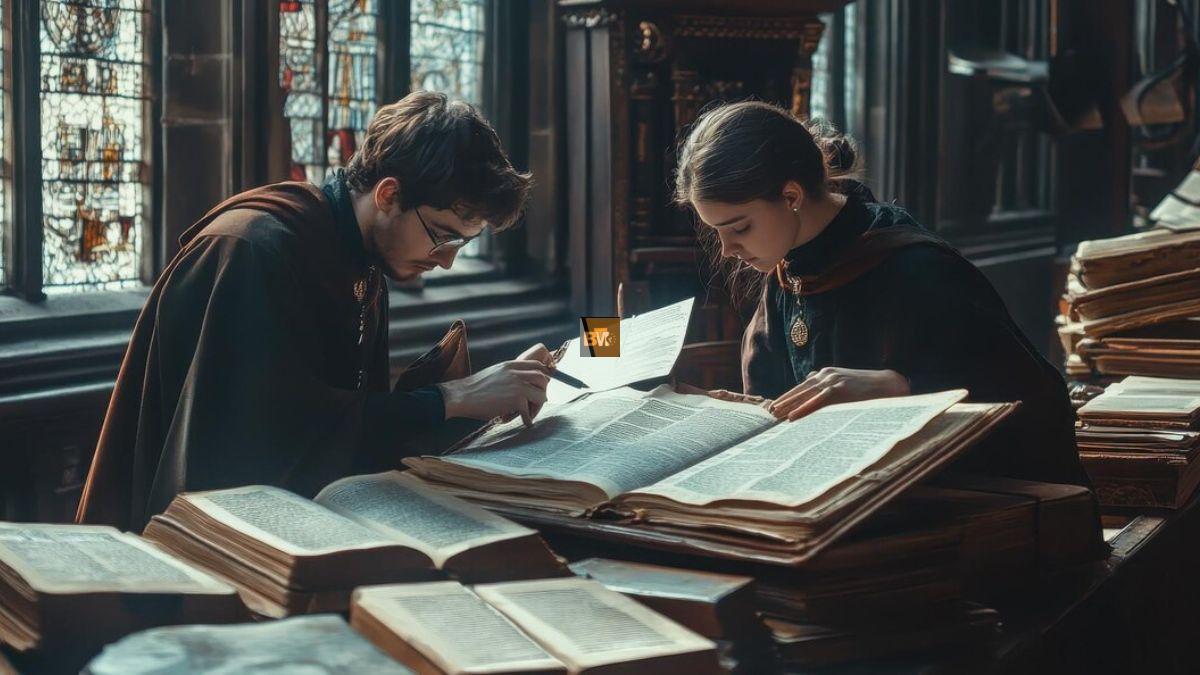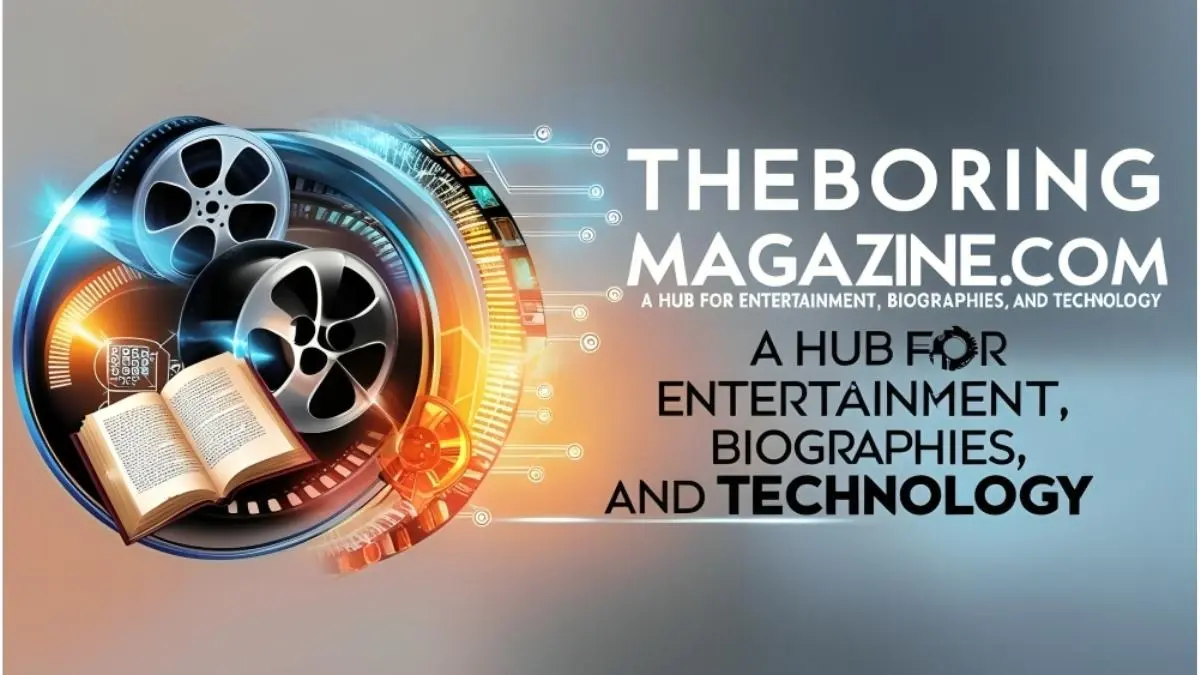In a rapidly globalizing world, the preservation and celebration of local arts and culture has become increasingly crucial to maintaining cultural identity. Mıllıeyt is a growing movement that strives to ensure that local artistic traditions are not only safeguarded but also celebrated within their communities. Through a blend of innovative practices and a deep respect for heritage, Mıllıeyt is redefining how communities engage with their cultural past while preparing for a dynamic future.
The Roots of Mıllıeyt
Mıllıeyt, a term often associated with regional and local initiatives, embodies the spirit of cultural pride and artistic expression. It is both a celebration and a protection mechanism for cultural traditions, from music and dance to crafts and culinary heritage. In many parts of the world, local art forms can be at risk of fading due to modernization, digitalization, and the increasingly dominant global culture. Mıllıeyt acts as a bridge, connecting local artisans, musicians, and performers to both national and international audiences.
Embracing Heritage Through Art
At the heart of Mıllıeyt is the belief that art and culture are vital to a community’s identity. From folk music to traditional craftsmanship, Mıllıeyt fosters an environment where these art forms are nurtured and showcased. Local festivals, exhibitions, and performances are organized to highlight the beauty and depth of regional culture. Artists who engage in these practices are often seen as the bearers of historical knowledge, passing down stories, techniques, and beliefs from generation to generation.
By focusing on traditional art forms, Mıllıeyt offers a space where local talents can shine while ensuring that younger generations have a chance to appreciate and inherit these cultural treasures. Local museums, galleries, and even digital platforms play an essential role in preserving these practices, making them accessible to people far and wide.
The Role of Community Engagement
One of the most powerful aspects of Mıllıeyt is the sense of community involvement it generates. Rather than being a passive observer of culture, Mıllıeyt encourages active participation. Local artisans, musicians, and storytellers often take the stage to share their craft, while community members can join workshops and events to learn more about the artistic process. This collaborative approach helps bridge generational gaps, creating intergenerational dialogue that fosters mutual respect for cultural traditions.
Moreover, Mıllıeyt emphasizes the role of local schools and educational institutions in promoting cultural awareness. By integrating traditional arts into curricula, children and young adults can form a deeper connection to their cultural roots, cultivating a sense of pride and responsibility for preserving these traditions.
Modernizing the Tradition
While Mıllıeyt is rooted in preserving tradition, it also encourages innovation. Many contemporary artists are blending traditional techniques with modern ideas, creating new art forms that resonate with both local and global audiences. From hybrid art exhibitions to experimental music performances, these contemporary expressions retain the soul of traditional arts while adapting them to modern tastes.
Mıllıeyt also recognizes the role of digital media in cultural preservation. The internet has made it possible for local artists to reach global audiences, while online platforms allow for the documentation and sharing of unique art forms. Virtual museums, live-streamed performances, and online marketplaces for traditional crafts ensure that these cultural practices are not limited by geography, empowering local cultures to thrive on a global stage.
Economic and Social Impact
The impact of Mıllıeyt extends beyond cultural preservation; it is also a driver of economic growth. Festivals and events celebrating local arts attract tourism, benefiting local economies and creating job opportunities for artisans, performers, and event organizers. Additionally, as global interest in traditional crafts and art forms rises, local artisans have an opportunity to monetize their skills, ensuring the sustainability of their craft.
Furthermore, Mıllıeyt’s emphasis on community cohesion has a profound social impact. By bringing people together to celebrate shared cultural heritage, it fosters a sense of belonging and collective pride. These celebrations often serve as a reminder of the importance of unity in diversity, reinforcing the notion that cultural expression is a universal human experience.
Challenges and the Road Ahead
Despite the successes of Mıllıeyt, there are challenges ahead. As cities grow and younger generations become more connected to global culture, traditional practices may still face the risk of being overshadowed. It is essential for governments, organizations, and communities to continue supporting initiatives that keep cultural arts alive.
The future of Mıllıeyt lies in its ability to adapt and evolve while staying true to its roots. By embracing modern technology, promoting educational outreach, and engaging with diverse audiences, Mıllıeyt has the potential to shape the future of local arts and culture in ways that are inclusive, sustainable, and vibrant.
Conclusion
Mıllıeyt is more than just a movement; it is a commitment to the celebration and preservation of local arts and culture. In a world that is becoming increasingly homogeneous, Mıllıeyt represents a powerful reminder of the importance of diversity and cultural heritage. By celebrating the arts, fostering community engagement, and promoting innovation, Mıllıeyt ensures that future generations will continue to experience and be inspired by the rich cultural tapestries of the past.
FAQs
- What is Mıllıeyt? Mıllıeyt is a movement dedicated to celebrating and preserving local arts and culture. It focuses on safeguarding traditional art forms, promoting community involvement, and encouraging innovation in cultural expressions.
- Why is Mıllıeyt important? Mıllıeyt plays a critical role in maintaining cultural identity in a rapidly globalizing world. It ensures that traditional arts are passed down to future generations and helps communities retain a sense of pride and connection to their heritage.
- How does Mıllıeyt support local artists? Mıllıeyt provides a platform for local artists to showcase their work, through festivals, exhibitions, and performances. It also fosters opportunities for artisans to share their skills with younger generations through workshops and educational programs.
- Can Mıllıeyt be experienced online? Yes, Mıllıeyt embraces digital platforms to reach global audiences. Virtual museums, online performances, and digital marketplaces for traditional crafts make cultural arts accessible worldwide, ensuring these art forms can thrive in the digital age.
- How does Mıllıeyt engage the community? Mıllıeyt encourages active participation in cultural events and workshops. It aims to create a dialogue between generations by involving community members in the artistic process, whether through performance, education, or collaborative art projects.
- How does Mıllıeyt benefit the local economy? By promoting local arts through festivals and events, Mıllıeyt helps attract tourism and creates job opportunities in various sectors, including craftsmanship, event organization, and performance arts. This contributes to the local economy and supports the sustainability of traditional crafts.
- What role does education play in Mıllıeyt? Education is a cornerstone of Mıllıeyt. Schools and educational institutions integrate traditional arts into their curricula to ensure younger generations appreciate and preserve their cultural heritage. Educational outreach fosters pride and understanding of local arts.
- How does Mıllıeyt incorporate innovation with tradition? Mıllıeyt encourages contemporary artists to blend traditional art forms with modern techniques, creating new and innovative expressions of culture. This approach keeps traditional arts relevant and appealing to younger and more diverse audiences.
- What challenges does Mıllıeyt face? Despite its successes, Mıllıeyt faces challenges such as the risk of cultural traditions being overshadowed by globalization and modernization. Efforts to sustain interest in traditional arts, especially among younger generations, are ongoing.
- What is the future of Mıllıeyt? The future of Mıllıeyt lies in continuing to adapt to technological advancements, fostering community engagement, and creating inclusive spaces for both traditional and contemporary artistic expressions. Its ongoing growth depends on maintaining a balance between preserving heritage and embracing innovation.











